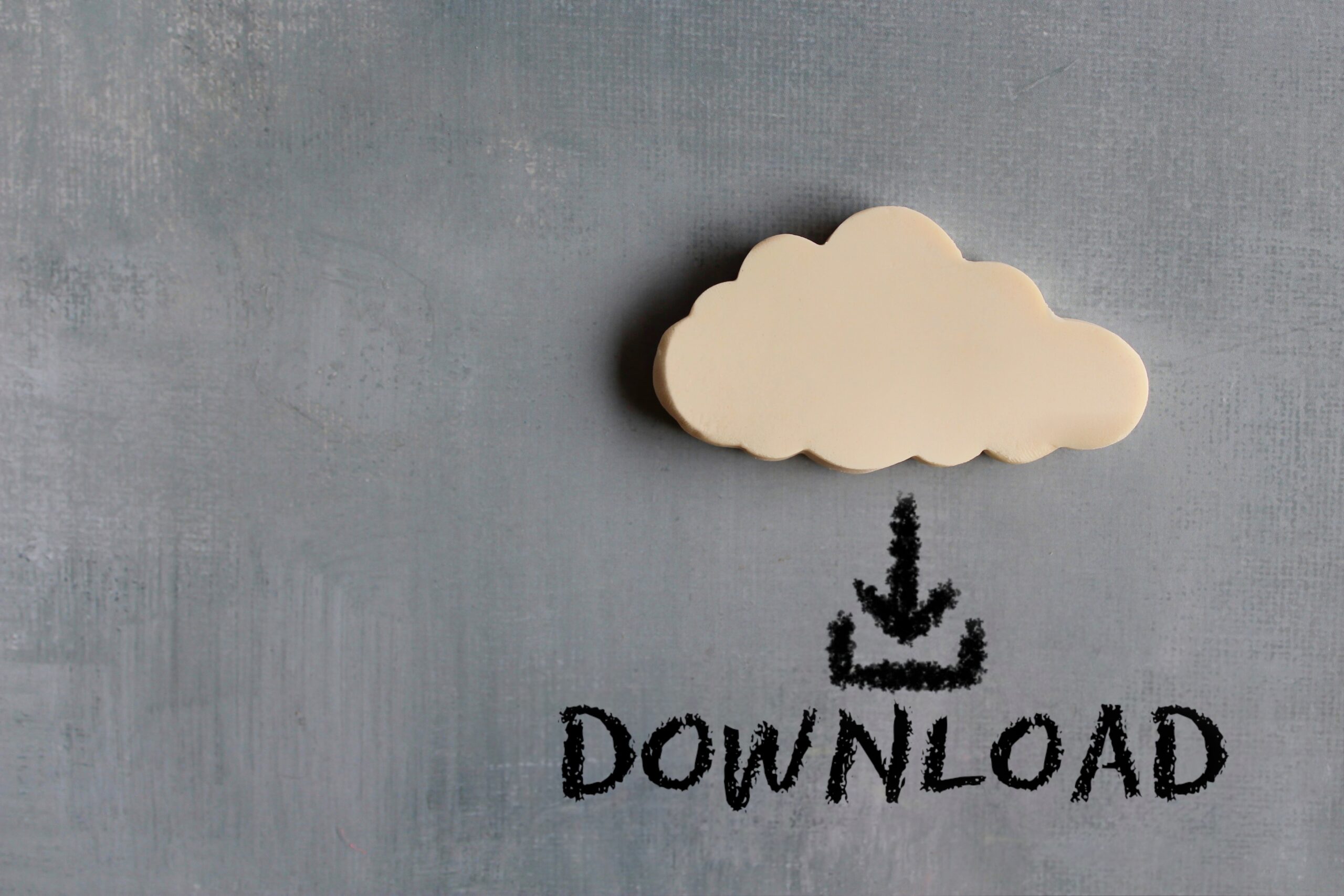So, you are not a tech geek — welcome to the club. But don’t worry, you don’t have to be high-tech savvy by any means to resolve your debt with National Debt Relief.
It doesn’t hurt to know the basic talking points as everyone gets more immersed in technology. The IT revolution is well underway, with or without you. If you are not going to lead the charge, at least learn the tech jargon behind the most basic concepts.
The Cloud
Have you ever opened an email from somewhere besides your own computer? That’s the cloud. It is not a physical entity but instead a vast network of remote servers around the globe that are hooked together and meant to operate as a single ecosystem.
The concept is combining individual local hard drives of personal and business computers to become a huge network of servers and databases. This condensed way to store, update and access data and services has revolutionized computing. Today, people and businesses use the cloud for everything from secure off-site backup of their accounting software to streaming videos on Netflix.
Software as a Service (SaaS)
Before the cloud, software companies sold software that was installed and run on your computer. Any data associated with it — like the kind that builds up with bookkeeping software — was also stored on your computer. This made content vulnerable to hacks, crashes, and external threats like floods, fires, and burglaries.
If you were home, you couldn’t access data that was on your work computer. With SaaS, the software is cloud-based (remotely hosted and accessed). Subscribers can access their information from anywhere at any time (just like email) with only a password. In addition to providing the software, SaaS also stores and secures your data.
People Also Read
BYOD
The “Bring Your Own Device” revolution is exactly what it sounds like. In the past, people had access to the fastest computers and best software at their jobs. Now, as bandwidth increases, apps proliferate and mobile devices rule the world, it is the employees who often possess the latest, greatest hardware — and they want to use their own machines at work.
This has proven controversial due to IT headaches and the potential for security breaches. But companies that allow — or often encourage — BYOD have cut way back on the costs and delays associated with training, IT, and maintaining hardware such as laptops and phones.
The Internet of Things
There is no universal definition of the Internet of Things. The concept revolves around using the Internet to coordinate objects to work together through communication. For instance, you can now set a thermostat to switch on the oven half an hour before you arrive home.
But imagine if the toaster was smart enough to alert the smoke detector not to ring if you burnt dinner? Or the bathroom scale communicated with your refrigerator to send nutrition suggestions to your smartphone? That is the Internet of Things — and it is on its way to a house near you.
Big Data Applications
Like the Internet of Things, Big Data doesn’t have a universally accepted definition. It is a concept that refers to the practice of harnessing and utilizing unfathomably large amounts of data created by people and businesses.
Mountains of data are incredibly massive and move unbelievably fast. Those who can collect and sort it in real-time (think Google and Facebook) are the new masters of the digital universe.
Blockchain
Blockchain is a decentralized, distributed, and public digital ledger that is used to record transactions across many computers. It cannot be altered retroactively without the alteration of all subsequent blocks and the consensus of the network. This makes it difficult or impossible for anyone to change, hack, or cheat the system.
Artificial Intelligence
Artificial intelligence (AI) involves replicating human intellectual processes through machines, especially computers. From taxi service apps to Google, multiple areas are using the power of AI to solve complex problems. An example of AI that you probably heard of is self-driving cars. This can reduce the total number of vehicles on the road by 75% and reduce traffic accidents by about 90%.
You likely have interacted with another type of AI and might not have even realized it. Chatbot is a computer program that uses artificial intelligence (AI) and natural language processing (NLP) to understand customer questions and automate responses to them, simulating human conversation.
Cyber Security
Cyber security refers to every aspect of protecting an organization, its employees, and its assets against cyber threats or unauthorized access. Its main purpose is to protect everything from both external and internal threats as well as disruptions caused by natural disasters.
With an increasing number of users, devices, and programs combined with the increased deluge of data — much of which is sensitive or confidential — the importance of cybersecurity has never been greater. The growing volume and sophistication of cyber attackers and attack techniques compound the problem even further.
HTTPS
HTTPS stands for Hyper Text Transfer Protocol Secure and comes before a URL. With it, data is encrypted when going to and coming from the original server. That means communications are kept secure so that malicious parties can’t observe what data is being sent and can’t trick you into installing malware by tampering with your information. As a result, usernames and passwords can’t be stolen in transit when users enter them. When you are working online with sensitive data like bank information, be sure it reads HTTPS first.
Multi-Factor Authentication
Have you ever received a text to confirm it was you while you were signing into your bank account or using a credit card? Multi-factor Authentication (MFA) is a method that requires you to provide two or more verification factors to gain access to a resource such as an application, online account, or a VPN.
With MFA, you can’t log in using only usernames and passwords. You must provide further proof of identity, such as face recognition or text message notifications. Cybercriminals have more than 15 billion stolen credentials to choose from. Multi-factor authentication is important, as it makes stealing your information much harder for the average criminal.
Phishing
Phishing is the fraudulent practice of sending emails or other messages claiming to be from a reputable company. Their goal is to induce you to reveal sensitive and personal information, such as passwords, bank accounts, and credit card numbers.
To avoid becoming a victim of phishing, never provide personal information over the phone or the Internet if you did not initiate contact. And never click on the link provided in an email if it sends up red flags. It may contain a virus that can contaminate your computer. Instead, open a new browser and type in the URL.
You might not be an expert in tech but knowing the basics can go a long way. Especially since the odds are that you are already using most of the technology buzzwords covered here. National Debt Relief works with the latest technology to get you the best results possible while protecting your information.









